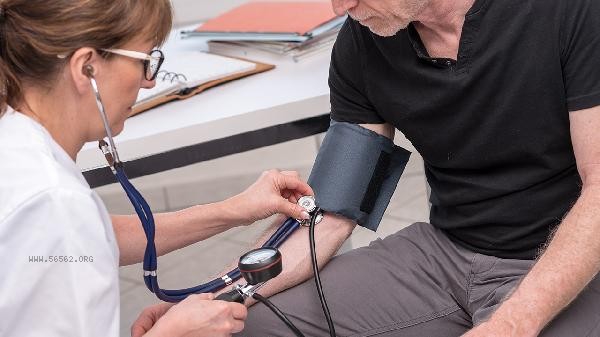The treatment methods for orthostatic hypotension include adjusting lifestyle, medication therapy, and targeted training, and specific measures need to be developed according to the patient's condition. The core reason is the abnormal blood pressure regulation mechanism, which leads to a sudden drop in blood pressure when the position changes. The treatment methods include increasing salt intake, wearing elastic socks, and conducting positional training.

1. Adjust lifestyle. Increasing salt intake can help improve blood volume. It is recommended to consume 5-10 grams of salt per day, but caution should be taken in hypertensive patients. Wearing elastic socks can promote blood flow back to the lower limbs and reduce the magnitude of blood pressure drop. It is recommended to choose thigh or waist elastic socks. Avoid standing for a long time or suddenly changing positions, sit up for 30 seconds before standing up when getting up.

2. Drug therapy. Fluhydrocortisone is a mineralocorticoid that can increase blood volume and blood pressure, with a commonly used dose of 0.1-0.2 milligrams per day. Midojun is an alpha 1 adrenergic receptor agonist that can constrict blood vessels, with a commonly used dose of 2.5-10 milligrams per day. Desmopressin is an antidiuretic hormone that can reduce nighttime urination and increase blood volume. The commonly used dose is 0.1-0.2 milligrams per day.
3. Targeted training. Tilt bed training is an effective posture training method, which is performed for 15-30 minutes every day, gradually increasing the tilt angle. Isometric contraction training can enhance lower limb muscle strength and promote blood return. It is recommended to perform isometric contractions of the calf and quadriceps muscles, lasting 5-10 seconds each time and repeated 10-15 times. Deep breathing training can increase chest negative pressure and promote blood reflux. It is recommended to do it for 5-10 minutes every day. The treatment of orthostatic hypotension requires comprehensive consideration of the patient's specific situation and the development of personalized treatment plans. Adjusting lifestyle is the foundation, and medication treatment and targeted training can enhance the effect. Patients should regularly monitor their blood pressure and adjust their treatment plan in a timely manner. For severe or refractory orthostatic hypotension, it is recommended to seek treatment under the guidance of a professional doctor, and further examination may be necessary to rule out other potential diseases. Through comprehensive treatment, most patients can effectively improve their symptoms and enhance their quality of life.









Comments (0)
Leave a Comment
No comments yet
Be the first to share your thoughts!